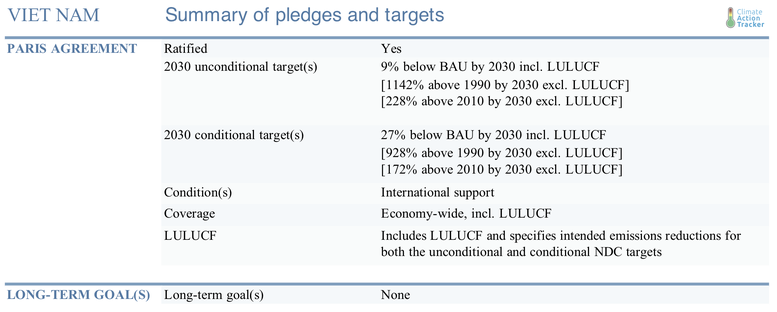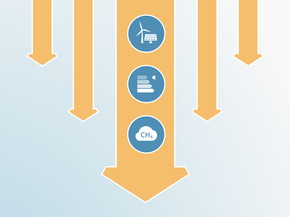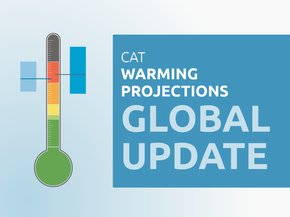Pledges And Targets
Summary table

Paris Agreement targets
Viet Nam submitted its updated Nationally Determined Contribution (NDC) to the UNFCCC in September 2020 (Viet Nam Government, 2020a). Viet Nam’s updated Nationally Determined Contribution (NDC) includes conditional and unconditional mitigation components. Viet Nam has unconditionally committed to reduce GHG emissions by 9% by 2030 below business as usual levels (BAU). Viet Nam committed to a conditional target of reducing GHG emissions by 27% below BAU based on international support.
The new NDC represents a minor improvement compared to the ambition level of the previous one. The new unconditional target translates to 903 MtCO2e/yr in absolute emissions levels for 2030 (excluding LULUCF). The first NDC of an 8% emissions reduction below BAU did not include the industry sector (nor the high cement emissions in this sector). The CAT calculated that target to be 919 MtCO2e/yr in absolute emissions levels for 2030 (excluding LULUCF) factoring in industry emissions.
The first NDC had an additional sub-target for a 20% reduction in emissions intensity per unit of GDP below 2010 levels (Viet Nam Government 2016). The status of this additional intensity target was unclear, and has now been dropped. CAT converted the intensity target to absolute emissions levels for 2030, calculated to be 872 MtCO2e/yr (excluding LULUCF). The old NDC sub-target was slightly more ambitious (4%) than the new one.
The new NDC claims it represents Viet Nam’s ‘highest level of efforts’, yet it is not a true progression in scaling up climate action, as it does not require any additional effort compared to current policies. Viet Nam is on track to vastly overachieve its updated NDC based on its current policies.
The new targets are based on a BAU scenario that has been updated since the first NDC, based on the latest historical data. The new BAU includes emissions from industrial processes and product use (IPPU). CAT added IPPU to the old BAU to make the targets comparable. The new BAU is calculated to be 2% higher compared to the old BAU in emissions levels for 2030 (including IPPU).
A target based on a reduction from current policy projections would ensure real progress in climate action. The current policies projection used by the CAT would offer a more suitable baseline for targets than the very high BAU the Viet Nam government used. The government assumes for that BAU a very optimistic economic growth that does not correspond to past trends.
The updated NDC has improved transparency with a sectoral breakdown of how the target will be achieved.
The implementation plan of the updated NDC is not clear as there are a number of measures listed without a timeframe. However, it offers considerably more information in relation to sectoral targets, an impact assessment, a co-benefit analysis, and indicators for monitoring and evaluation compared to the first NDC, improving on transparency and clarity, but with only a minor improvement on ambition.
While Viet Nam has made some improvements to the structure of its NDC, it did reduce its coverage of gases. The updated NDC does not include full greenhouse gas coverage, as it does not include PFCs and SF6. These were stated as included in the old NDC, but they were not mentioned in the technical report to the first NDC.
In Paris, governments agreed to set long term strategies by 2020. The Ministry of Natural Resources and Environment (MONRE) released a new draft law, and if passed MONRE would be responsible for a national plan to reduce GHG emissions, with a strategy to 2050 (Burke et al., 2020).
Further analysis
Latest publications
Stay informed
Subscribe to our newsletter




